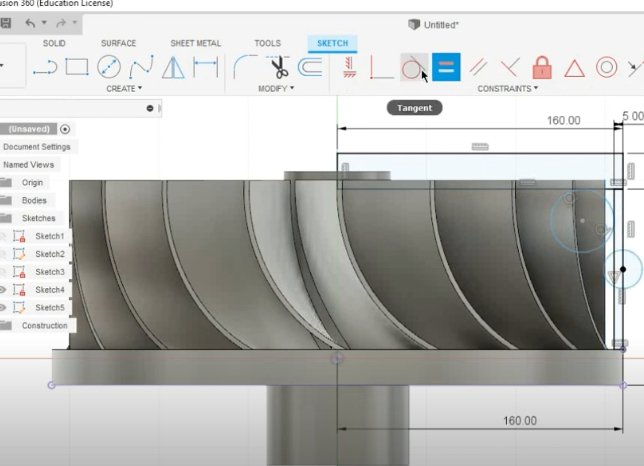
Understanding the Fundamentals and Benefits of Computer-Aided Design.
Share
Introduction
In the realm of modern design and engineering, Computer-Aided Design (CAD) stands as a cornerstone of innovation and precision. At Technast, we pride ourselves on mastering CAD technology, utilizing its full potential to transform concepts into detailed, functional designs. This blog post delves into the fundamentals of CAD, exploring what it is, how it works, and the myriad benefits it brings to various industries.
What is CAD?
Computer-Aided Design (CAD) refers to the use of computer software to create, modify, analyze, and optimize designs. CAD systems enable designers and engineers to produce detailed 2D drawings and 3D models that represent physical objects or systems. These digital models can then be used for visualization, simulation, and manufacturing purposes.
How Does CAD Work?
CAD software operates through a range of tools and functionalities that facilitate the creation of digital models. Here’s a brief overview of how CAD works:
-
Model Creation: Users begin by creating a digital representation of an object using CAD tools. This can involve drawing 2D shapes or constructing 3D models, depending on the complexity of the design.
-
Design Modification: CAD software allows for easy modification of designs. Users can adjust dimensions, refine shapes, and explore different design alternatives with precision and efficiency.
-
Simulation and Analysis: Advanced CAD systems incorporate simulation tools that analyze the performance of designs under various conditions. This includes stress analysis, thermal analysis, and fluid dynamics, ensuring that designs meet required standards and specifications.
-
Visualization: CAD software provides powerful visualization tools, enabling users to create realistic renderings and animations of their designs. This helps stakeholders understand and evaluate the design before it moves to production.
-
Documentation: CAD systems generate detailed technical drawings and documentation that guide manufacturing and construction processes. These documents include dimensions, materials, and assembly instructions.

Benefits of CAD
The integration of CAD technology into design and engineering processes offers numerous advantages:
-
Enhanced Precision: CAD software allows for high levels of accuracy in design, reducing errors and ensuring that models are precise and reliable.
-
Increased Efficiency: CAD automates many aspects of the design process, from drawing creation to modification, leading to faster turnaround times and improved productivity.
-
Improved Collaboration: Modern CAD systems often include collaborative features, enabling multiple users to work on the same project simultaneously and share updates in real-time.
-
Cost Savings: By identifying potential issues and optimizing designs digitally, CAD reduces the need for costly physical prototypes and iterative design changes.
-
Innovation and Creativity: CAD tools provide a wide range of design possibilities and experimentation, fostering creativity and innovation in the development of new products and solutions.
-
Integration with Manufacturing: CAD models can be seamlessly integrated with manufacturing processes, including 3D printing, CNC machining, and other production techniques, ensuring that designs are translated accurately into physical products.
Conclusion
At Technast, we harness the power of CAD to deliver cutting-edge design solutions that meet the highest standards of precision and innovation. Understanding the fundamentals of CAD and its benefits highlights the transformative impact this technology has on modern design and engineering. By leveraging CAD, we turn visionary ideas into tangible realities, driving excellence in every project we undertake.
Stay tuned to our blog for more insights into how CAD technology shapes the future of design and engineering at Technast.
